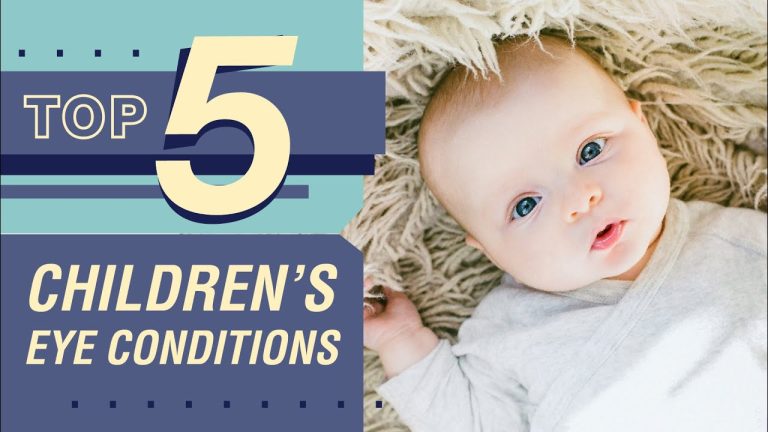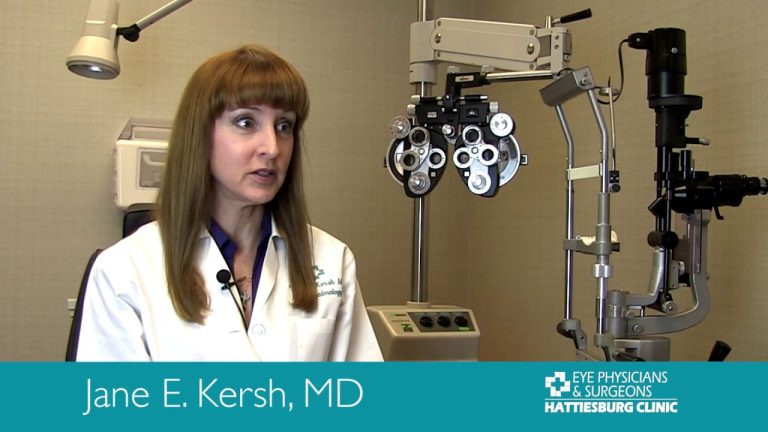How Vision Therapy Can Help Improve Your Child’s Visual Acuity: A Complete Guide to Vision Treatment for Kids
In today’s digital age, children are spending more time on screens than ever before. From smartphones and tablets to laptops and TV, the constant exposure to screens can lead to a range of vision problems. That’s where vision therapy comes in to help.
Vision therapy is a form of physical therapy designed to improve the visual-motor and perceptual-cognitive functions of the eyes. This therapy involves a series of activities and exercises that help children improve their vision skills, such as focusing, tracking, and eye teaming.
How Does Vision Therapy Work?
Vision therapy aims to enhance and improve the visual skills through specialized exercises, activities, and techniques. These activities are tailored to the specific needs of each child and help to improve eye-hand coordination, perception, and visual processing abilities. Studies have shown that the use of vision therapy can not only improve visual skills but also boost academic performance, sports performance, and overall confidence.
The Benefits of Vision Therapy for Kids
Vision therapy can help children who struggle with a range of vision problems. This includes children who have amblyopia (lazy eye), strabismus (crossed or misaligned eyes), and difficulties with reading, writing, and learning. Vision therapy is also helpful in addressing vision problems associated with developmental delays, brain injuries, and other health conditions.
One of the biggest benefits of vision therapy is that it offers a non-invasive and medication-free option for treating vision problems. This treatment does not involve any surgery or drugs, making it a safe and effective alternative for parents concerned about the potential side-effects of medications or surgeries.
The Different Types of Vision Therapy
There are several types of vision therapy that can be used to treat different forms of visual problems. These types of therapy include:
- Orthoptic Therapy: A type of vision therapy designed to help people with crossed or lazy eyes. This therapy involves a series of eye exercises to help the eyes develop better coordination.
- Behavioral Vision Therapy: A more comprehensive form of vision therapy that targets a range of visual and perceptual difficulties. This therapy utilizes a range of activities, including computer games and activities that involve the use of sight, sound, and touch.
- Neuro-Optometric Rehabilitation: A form of therapy that focuses on treating vision problems associated with brain injuries, concussion, and other neurological conditions.
The Bottom Line
Vision therapy is a safe and effective option for treating a range of vision problems in children. This therapy can help improve visual-motor and perceptual-cognitive functions, academic and sports performance, and overall confidence. If you suspect that your child has a vision problem, it is essential to consult with an eye care professional who can help you determine the appropriate course of action, including whether vision therapy is appropriate for your child.
Contents
Most wanted in Hoya Vision:
What brand lenses does Costco use?
Hoya Identification Chart
What are prism eyeglass lenses?
What does +0.25 mean on an eye test?
Do tinted glasses help with migraines?
Hoya Lens Engravings
Should eyeglasses cover eyebrows?
Does hyperopia worsen with age?
What is the difference between Ray Ban RB and Rx?
What LED light is best for broken capillaries?
















